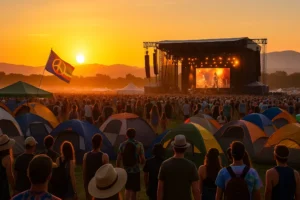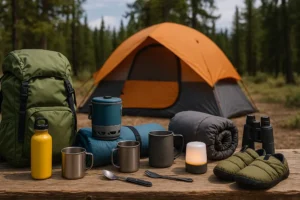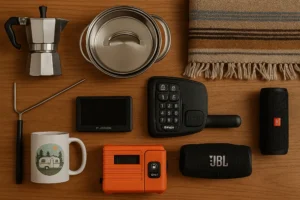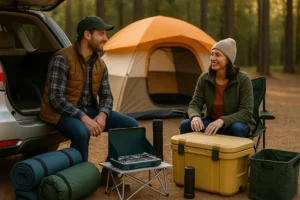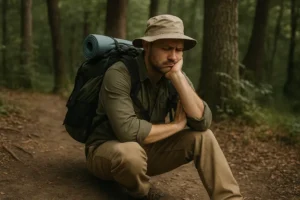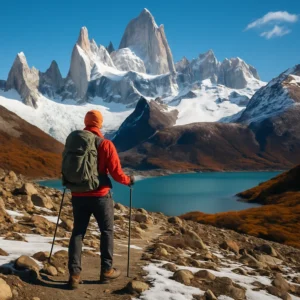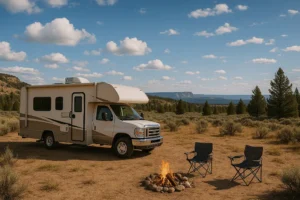Why You Need a Camera Strap for Hiking
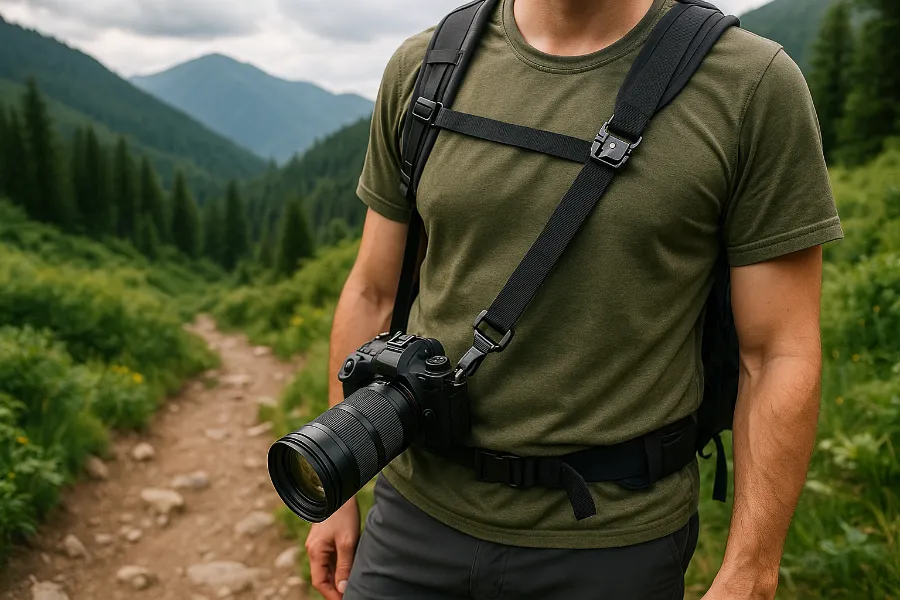
When you’re out on the trail, nothing beats the feeling of capturing a breathtaking mountain view or spotting wildlife in its natural habitat. But if you’ve ever lugged a camera around your neck for miles, you know the struggle. A camera strap for hiking isn’t just an accessory—it’s a necessity. It keeps your camera secure, accessible, and comfortable so you can focus on the adventure instead of fiddling with gear.
The challenges are real: long hikes can cause neck strain, shoulder fatigue, and even risk of damaging your camera if it swings or slips. A strap system built for hiking changes that. It distributes weight properly, keeps your gear stable, and allows you to grab your camera in seconds when the perfect shot appears.
Types of Camera Straps and Carry Systems
There’s no one-size-fits-all camera strap for hiking. Different hikers and photographers have different needs. Here are the main types you’ll encounter:
Standard Camera Strap (Neck, Shoulder, Crossbody)
This is the strap most cameras come with. You can wear it around your neck, over the shoulder, or crossbody.
- Pros: Simple, familiar, quick access.
- Cons: Neck strain, bouncing during hikes, restricted movement.
Best for short hikes or casual outings, but not great for all-day treks.
Sling Straps
A sling strap rests diagonally across your body, letting the camera slide up when needed.
- Pros: Comfortable, ergonomic, and allows quick access.
- Cons: Can shift during movement; may require adjustments.
A favorite among hikers who prioritize speed and convenience.
Backpack Strap Attachments
These connect directly to your backpack’s shoulder straps.
- Pros: Hands-free, weight evenly distributed, excellent for long hikes.
- Cons: Not all backpacks are compatible; works best with sturdy straps.
This setup is ideal if you hike with a daypack or multi-day pack.
Hand Straps
A minimalist solution that keeps your camera firmly in hand.
- Pros: Secure grip, stable shooting, compact.
- Cons: One hand is always occupied, less freedom on the trail.
Works best for short photo walks, not long hikes.
Camera Harnesses
Harnesses spread the camera’s weight across your shoulders, chest, and hips.
- Pros: Reduces strain, keeps camera stable, supports heavy gear.
- Cons: Bulkier and sometimes restrictive.
A solid choice for pros or anyone carrying multiple cameras.
The Best Camera Strap Options for Hiking
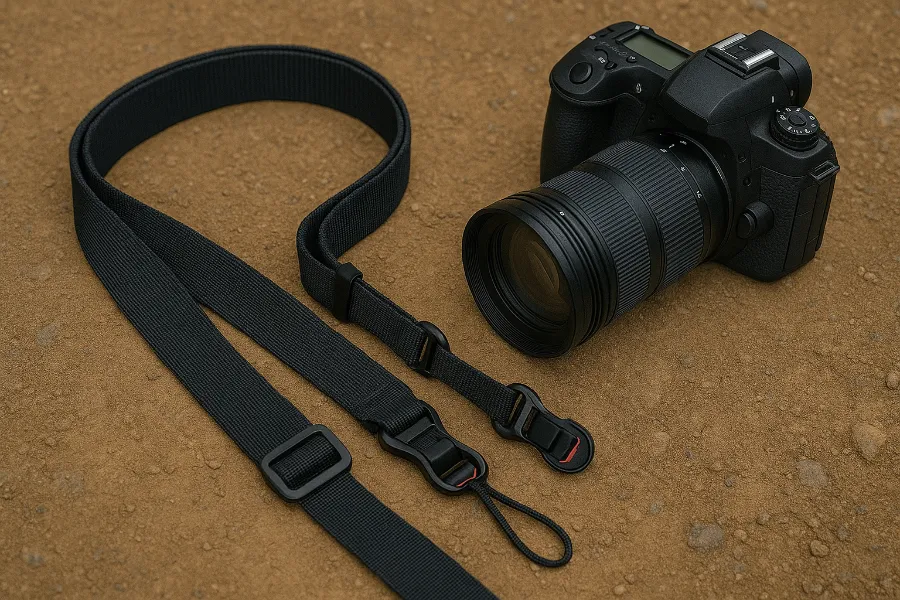
After testing and reviewing the most popular options, here are the best camera straps for hiking:
Peak Design Capture Clip
The Capture Clip is a game-changer. It attaches securely to your backpack strap or belt and locks your camera in place.
- Pros: Hands-free, quick-release button, can hold up to 200 lbs.
- Cons: Requires sturdy backpack straps, not ideal for thin packs.
If you want your camera accessible without dangling, this is one of the best solutions.
Peak Design Slide & Slide Lite
The Slide is a padded, versatile strap that can be worn as a sling, shoulder, or neck strap. The Slide Lite is a slimmer version perfect for mirrorless cameras.
- Pros: Comfortable padding, quick adjustment, versatile use.
- Cons: Can feel bulky with smaller setups; Slide Lite lacks padding.
These are among the most comfortable camera straps for hiking.
Peak Design Leash
A minimalist option for hikers who value portability.
- Pros: Lightweight, packs down easily, quick-release design.
- Cons: Less padding for extended use.
Perfect if you’re trying to keep your pack light.
Other Top Options
- BlackRapid Backpack Sling: Great for carrying two cameras or for quick access without a backpack.
- Cotton Carrier Harness: Secure, distributes weight, excellent for long hikes with heavy gear.
- Think Tank Straps: Affordable and strong, though best as secondary support.
How to Choose the Right Camera Strap for Hiking
When picking the best camera strap for hiking, ask yourself:
- What gear are you carrying? A compact mirrorless requires less support than a DSLR with a telephoto lens.
- How do you hike? If you use a backpack, a clip system makes sense. If not, a sling or harness may be better.
- Do you prioritize comfort or speed? Harnesses offer comfort for long treks, while slings offer speed for spontaneous shots.
- What’s your budget? Straps range from under $20 to premium systems over $150.
Tips for Using a Camera Strap on the Trail
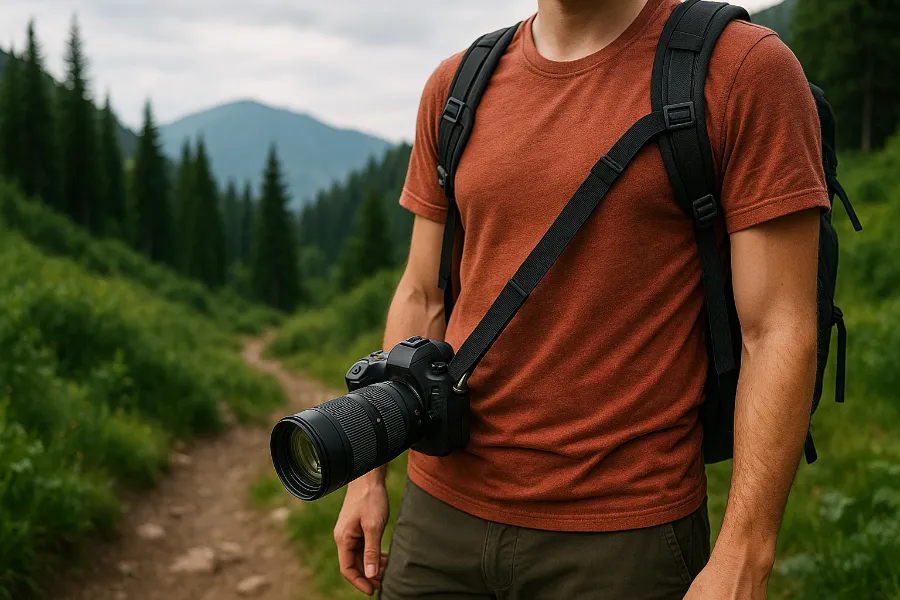
- Avoid neck strain: Always wear your strap crossbody instead of straight around your neck.
- Quick access matters: Practice unclipping or sliding your strap before hitting the trail so you don’t miss shots.
- Combine systems: Many hikers pair a Capture Clip with a strap or harness for flexibility.
- Protect your gear: Use safety tethers and rain covers to safeguard your camera against slips or bad weather.
Final Thoughts on Camera Strap for Hiking
Finding the right camera strap for hiking comes down to balance—comfort, safety, and accessibility. For lightweight setups, a sling or minimalist strap works wonders. For heavy gear or multi-camera hikes, a harness or Capture Clip is worth every penny.
Personally, I lean toward a combo: a Peak Design Capture Clip on my backpack for long hikes and a Slide Strap when I want my camera more mobile. That way, I’m always ready—whether the trail leads to sweeping landscapes, hidden waterfalls, or an unexpected wildlife encounter.
Your camera is your storytelling tool. With the right strap system, you’ll carry it comfortably, shoot confidently, and never miss the moments that matter.

